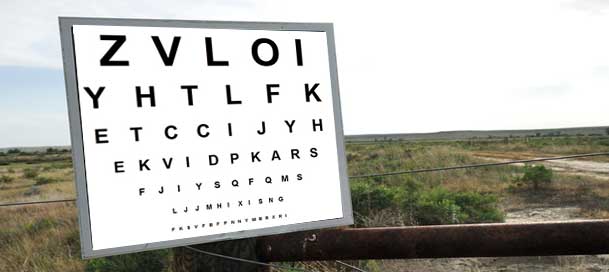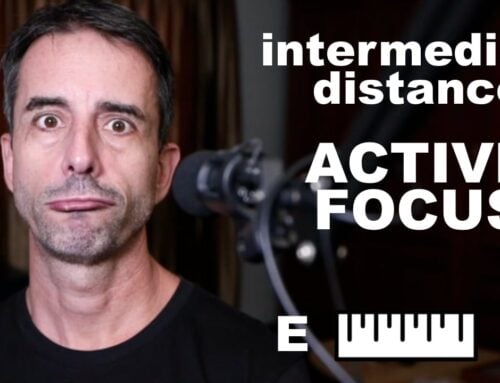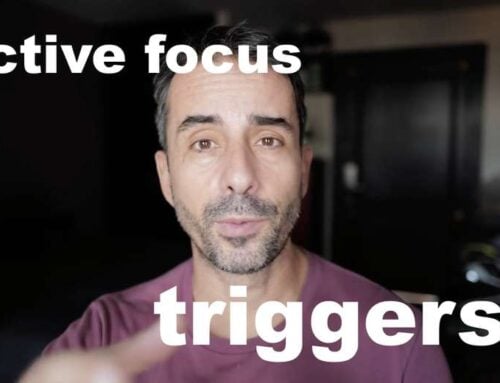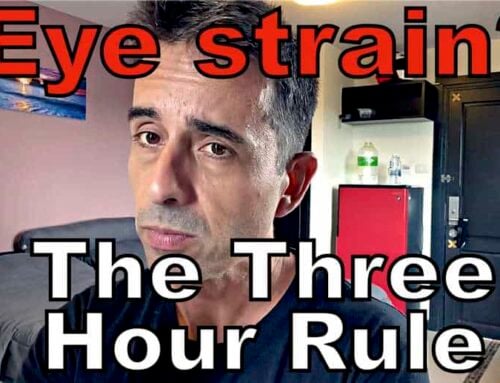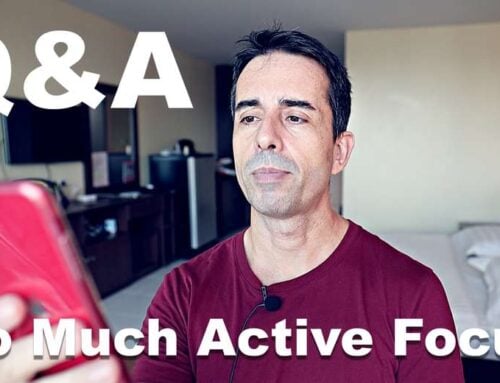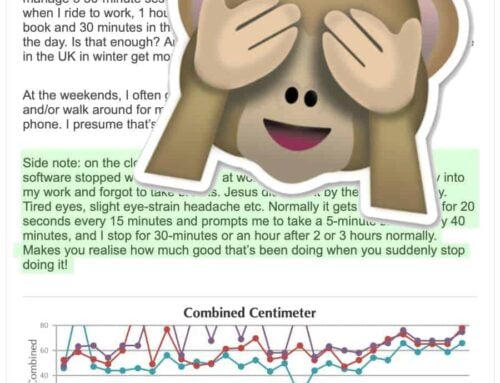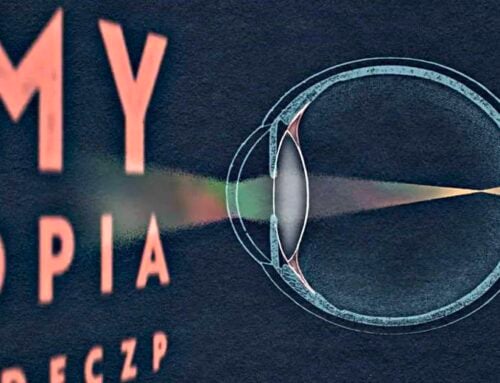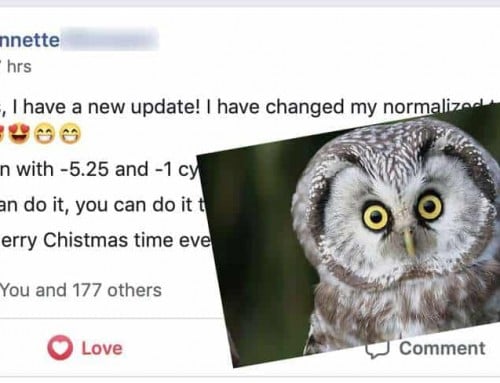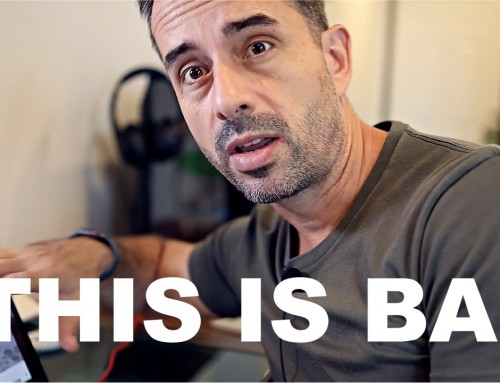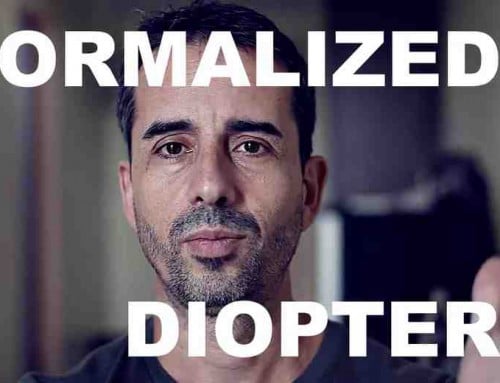It’s no secret that the whole world is becoming myopic as a direct result of our close-up lifestyle. For this reason the paid vision improvement course is focused primarily on how to deal with this most common lifestyle (close-up vision). Every so often though, participants come around who don’t fit this mold. They may be spending far more of their time outdoors, or otherwise engaged in activities where close-up isn’t their main mode.
These participants have a whole lot of opportunity to improve their eyesight faster. The problem is that the course doesn’t get into those aspects until after covering a whole lot of close-up coping strategies first.
If you are one of those people who spend a lot of time away from close-up, take a look at this recent forum thread:
Rosanne lives in Thailand, and doesn’t spend nearly as much time up-close as most of us do. Still, she has the baggage of a -5 diopter prescription that she has recently started working on reducing.
![]() I have had to do some creative adjustment in measurement timings, since a farmer in the tropics rises at or before dawn (light not bright) and promptly gets active with various tasks before the heat comes on. Also, bright inside lighting is not available to substitute for outside light.
I have had to do some creative adjustment in measurement timings, since a farmer in the tropics rises at or before dawn (light not bright) and promptly gets active with various tasks before the heat comes on. Also, bright inside lighting is not available to substitute for outside light.
So I take my first reading when I take the first break of the day, or have a bit of time between two tasks. As the morning work is all physical and outside there has been no close up strain. That is also the time when I do the 20 minute ‘looking’ without and with glasses.
Second reading is either early afternoon after some computer work, or end of day with less than optimal indoor light.
***
If that’s you, or if you are planning on going on vacation for example, or just spend less time with close-up, here is a suggestion I have frequently made in the past, pre-retirement, to local clients:
![]() Here is a trick if you spend a lot of time outdoors, and want to get the most possible stimulus to reduce that -5 effectively:
Here is a trick if you spend a lot of time outdoors, and want to get the most possible stimulus to reduce that -5 effectively:
Print and laminate eye chart pages. It could really be anything, though the eye chart is ideal because of the larger and smaller letters, and a standardized measurement increment.
Attach these chart pages at the 3m / 6m distances, in locations where you easily remember the correct distance, and also locations you frequent during your day. I suggest to laminate them, since you’ll likely be putting them up outdoors. Nailed to a tree, a fence post, anywhere really that suits you. Whenever you have a moment, focus on the chart, push yourself to read the smaller letters. If there is blur, just look at it for a while (think of the peripheral vision exercise – this is a similar concept, which will also be discussed at some detail later in the course). You might find blur turning into double vision images, which may then also resolve.
You might have several of these charts around your property. I have had clients use them almost as medication. Stop, take a deep breath, pull some focus, before continuing on to wherever you were going.
If necessary, vary the distance from the chart to make it more convenient. The point isn’t to get to 20/10, but rather to have a way to a) challenge your eyesight throughout the day and b) to have a way to compare today to two weeks ago, to assess progress (and stay motivated). So you might aim for the 20/50 line from a distance where today you can’t really read it. You use 20/70 as a stepping stone, trying every day to clear that 20/50 (as example). When you do, keep track in a quick log entry. You’ll want this to keep perspective over the long term – logs!
The course doesn’t so much discuss these sort of tricks, since the majority of participants spend most of their time in close-up. When you mentioned farming in particular though, this came to mind, as it’s simple, cheap (even in rural Thailand, if memory serves, you can find print shops and one of them will probably have a laminating press), and very effective (lots of easy focus pulling opportunity).
***
Improving your vision is all about the right habits. Less strain habits, more stimulus habits. Exercise programs tend not to work, since they aren’t based on changing how you use your eyes day to day. That’s why we talk a lot about building habits – and if you don’t have a whole lot of strain to worry about, then you can just focus on the stimulus. And the very best way to get stimulus is reading text at challenging distances. You should always be up against a blur horizon and working on pushing it further back.
Along with that of course, keeping a log is key. I can’t recount the thousands of times, over the past decades, that clients have complained about lacking progress or losing motivation, until we would look at their log and quantifying just how much progress they had already made.
The full thread of the above excerpt is here in the forum.
Enjoy!

